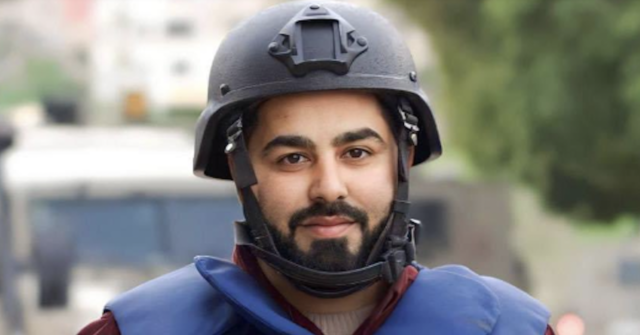On Thursday, the Israel Defense Forces (IDF) conducted a significant counterterrorism operation in Tulkarm, a city in the West Bank, resulting in the elimination of Zahi Yaser Abd al-Razeq Oufi, the leader of the local Hamas terrorist network. Oufi was implicated in orchestrating an attempted car-bombing in Ateret and was involved in multiple attacks aimed at Israeli civilians in the region. His activities included supplying weapons to terrorists and planning imminent attacks against communities in Judea and Samaria, underscoring the ongoing security tensions in the area. The IDF’s operation also reportedly resulted in the deaths of several other terrorists, marking a continued effort to dismantle terrorist infrastructure amidst a wider military campaign in northern Judea and Samaria since the war’s onset.
The aftermath of the IDF’s operation has fueled existing tensions between Palestinian groups and the Israeli government. While Israeli officials estimate that seven out of the eighteen reported fatalities were terrorists, the operation sparked controversy, particularly as it coincided with claims from the Palestinian Authority. These authorities asserted that the attack may have been a strategic strike, given that the terrorist cell was allegedly planning a significant operation timed with the upcoming anniversary of the October 7 attacks. Within this complex web of conflict, the assault brought attention to both the volatile security situation and the ongoing hostilities in the region.
Adding to the tensions, the Palestinian Authority arrested Laith Jaar, an Al Jazeera correspondent, amid claims he was responsible for identifying the targets in Tulkarm. Jaar was reportedly assaulted by a security officer when he attempted to file a complaint regarding the incident. Al Jazeera condemned the PA’s actions and expressed concern over the broader implications for press freedom and journalist safety in the Palestinian territories. The network highlighted that these actions represented a systematic campaign against their reporters, exacerbating the already precarious situation for journalists operating in conflict zones.
The incident has raised eyebrows on social media as some Palestinians began to suspect Jaar of being an informant for the Israelis due to the targeted airstrike. This suspicion reflects deep-seated tensions within Palestinian society, where individuals can quickly be placed under suspicion, especially in the context of military actions carried out by Israel. The arrest of a journalist amidst such allegations can further strain trust in media reporting and its relationship with local populations, potentially endangering press freedoms and the safety of reporters on the ground.
This military operation is symptomatic of a broader cycle of violence and counterviolence that has characterized the Israeli-Palestinian conflict over the years. The tensions illustrate the complex interplay between military action, media reporting, and public perception in a region rife with distrust. As both parties react to events, the consequences can lead to broader implications for security, political stability, and the humanitarian situation for civilians caught in the crossfire.
In summary, the situation in Tulkarm epitomizes the ongoing challenges the region faces as counterterrorism efforts by Israel coincide with the political and social dynamics involving Palestinian authorities and activists. The incident involving Al Jazeera’s Laith Jaar underscores the precarious position journalists occupy in conflict areas, where their safety and freedom can be jeopardized by larger geopolitical narratives. The actions of the IDF are met with domestic and international scrutiny, asserting the need for a nuanced approach toward conflict resolution that involves not just military strategies but also safeguards for human rights and press freedom.

